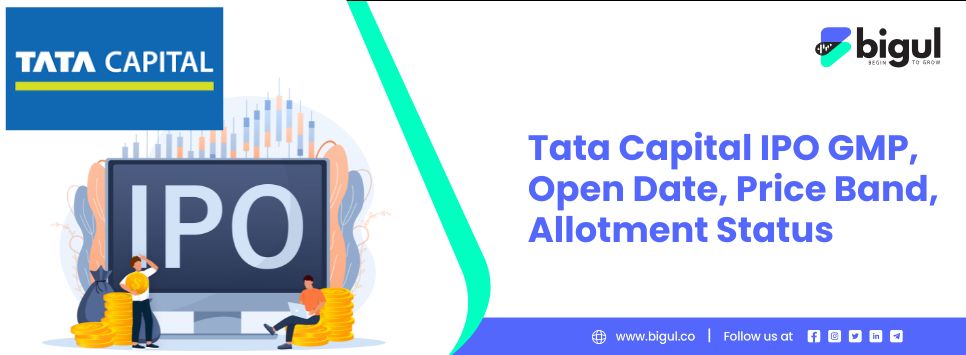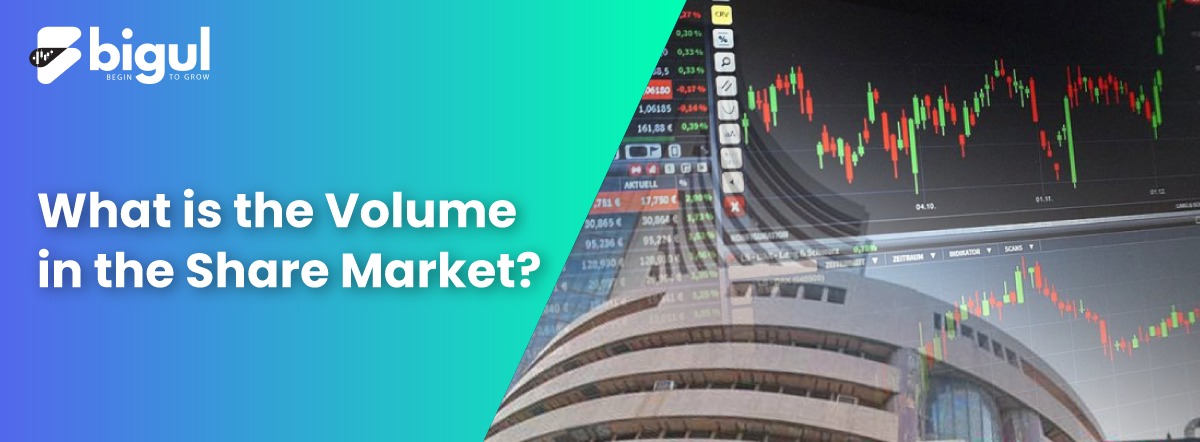Trading volume is a fundamental metric that lies at the core of the share market’s dynamics. It represents the total number of shares or contracts traded within a specified period, often a trading day. Understanding trading volume is crucial for investors and analysts alike, as it provides invaluable insights into market activity and sentiment. High trading volume can indicate strong interest and liquidity, while low volume may signal cautious or apathetic market participants. This article will discuss the significance of trading volume in the share market and uncover its role in market trends.
What is Trading Volume?
Trading volume is the number of financial market shares or contracts traded in a certain timeframe. It is essential for measuring market liquidity and investor interest in a security or asset. High trading volume often indicates heightened market activity, while low volume may signify a lack of interest or liquidity, potentially impacting price movements. Traders and analysts frequently use trading volume to make informed decisions about buying or selling assets and to confirm or challenge existing price trends.
Where to Find Trading Volume?
Trading volume serves as a vital gauge of market activity. It can vary significantly, reflecting a security’s level of market engagement. Traders incorporate this volume indicator into their technical analysis. You can readily access trading volume data on stock exchanges, financial news platforms, and third-party investment websites. Brokers also provide this information, often presented in candlestick charts located beneath an asset’s price chart, detailing the contracts and shares traded during specific periods.
The total stock volume comprises buying and selling volumes, discerned from ask and bid prices. Transactions executed at the bid price contribute to bid volume, acting as selling volume capable of influencing price downward. Conversely, buying volume corresponds to asking volume, exerting upward pressure on prices. Understanding the interplay between these volumes is critical for traders, helping them make informed decisions in the dynamic world of finance.
Why Does Volume Matters?
Trading volume is vital because it provides insights into market dynamics. High volume suggests widespread interest, enhancing liquidity and narrowing spreads. This makes it easier to buy or sell assets. It confirms price trends, supporting technical analysis and signalling potential reversals. Low volume can indicate lacklustre interest, making it riskier and costlier to trade.
Additionally, the volume helps gauge investor sentiment and identify unusual activity, like market manipulation.
What Does Trading Volume Indicate?
Trading volume indicates several key aspects of a financial market:
Liquidity: Trading volume’s indicator of liquidity means that in markets with higher trading volume, there are more participants actively buying and selling a specific asset. This abundance of transactions ensures that traders can easily enter or exit positions without significantly impacting the asset’s price. In contrast, markets with lower trading volume can be less liquid, making it more challenging to trade large positions without causing price fluctuations.
Market Interest: Trading volume can act as a barometer of market interest and participation. When a particular security experiences a surge in trading volume, it often signifies that investors and traders are actively engaging with the asset. This heightened interest can be driven by significant news, events, or changing market sentiment. Thus making the volume a useful indicator for tracking shifts in market attention and potential opportunities or risks.
Price Trends: Trading volume’s impact on price trends is crucial. High volume often precedes or confirms price movements. In an uptrend, increased volume signifies strong buying, boosting the likelihood of the trend’s continuation. Conversely, low volume during a price rally may indicate a lack of conviction and potential weakness. Analyzing volume alongside price data helps traders gauge the strength and sustainability of market trends.
Market Health: Consistent high trading volume generally indicates a vibrant and healthy market where assets are actively bought and sold. On the other hand, sustained low trading volume may suggest a market lacking vitality, with fewer participants and limited activity. Assessing market health through volume can help investors gauge the overall vibrancy and attractiveness of a particular financial market or asset.
Confirmation: When analyzing price charts for potential breakouts (upward price moves) or breakdowns (downward price moves), traders pay close attention to volume. If a breakout is accompanied by notably higher volume, it lends credibility to the price move, suggesting that it may be a genuine and sustainable trend. Similarly, a breakdown with increased volume can reinforce the validity of a bearish move. In essence, volume acts as a corroborating factor, helping traders make more confident decisions based on technical analysis signals.
What are Common Volume Indicators?
Common volume indicators are tools used by traders and analysts to gain insights into market trends and price movements based on trading volume data. The three most common volume indicators include:
- On-Balance Volume (OBV): The on-balance volume (OBV) is a volume indicator that assesses the strength of price trends by analyzing trading volume. It adds the volume on days when prices rise and subtracts it when prices fall. This cumulative measure helps traders identify whether buying or selling pressure predominates, thus offering insights into potential trend reversals or confirmations. Rising OBV with a rising price indicates strong buying, while falling OBV with a falling price suggests strong selling.
- Chaikin Money Flow (CMF): Chaikin Money Flow (CMF) is an indicator that combines price and volume data to assess the flow of money into or out of a security. It quantifies buying and selling pressure, with values above zero indicating accumulation (buying), while values below zero suggest distribution (selling). CMF helps traders identify potential trend reversals.
- Klinger Oscillator: The Klinger Volume Oscillator analyses price and volume data, converting the comparison into an oscillator to forecast price reversals. It highlights long-term money flow trends for specific securities and is more intricate than the On-Balance-Volume (OBV) indicator. This complexity allows it to offer a deeper insight into market sentiment and potential trend shifts.
How To Use Volume Data in Trading and Investing?
Using volume data in trading and investing can provide valuable insights into market dynamics and help make informed decisions. Here are some ways to utilize volume data effectively:
- Confirm Trends: High volume supports the strength of a trend
- Identify Reversals:Sudden volume spikes can indicate potential reversals
- Confirm Breakouts:Rising volume can validate breakout movements
- Gauge Liquidity: Higher volume stocks tend to have better liquidity
- Avoid Illiquid Assets:Low volume can lead to challenges in buying/selling
- Combine with Indicators: Use volume alongside other indicators for better analysis
- Spot Accumulation/Distribution:Volume can reveal smart money movements
- Watch for Divergence:Differences between price and volume trends can signal shifts
- Beware of Fake Volume:Be cautious of manipulated or artificially inflated volume data
- Adapt to Market Conditions:Volume analysis effectiveness varies in different market conditions
Conclusion
Volume in the share market is a critical indicator of a stock’s liquidity and overall market activity. It represents the total number of shares traded during a specific time period and helps investors gauge the interest and enthusiasm surrounding a particular stock. High volume often indicates increased investor participation and potential price movements, while low volume may signify decreased interest. Understanding volume alongside price trends and other technical analysis tools is essential for making informed investment decisions in the stock market.











.jpg)
.jpg)
